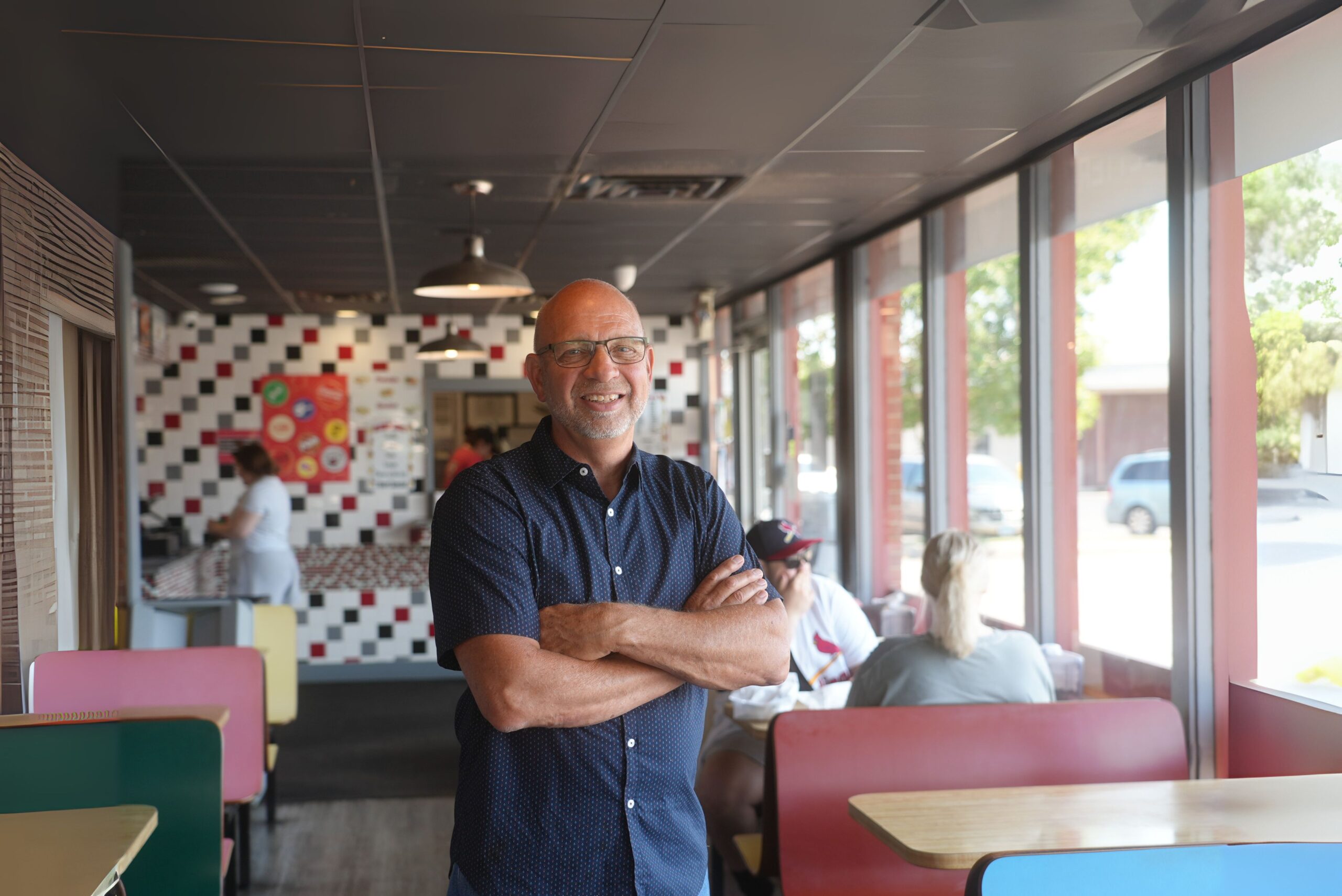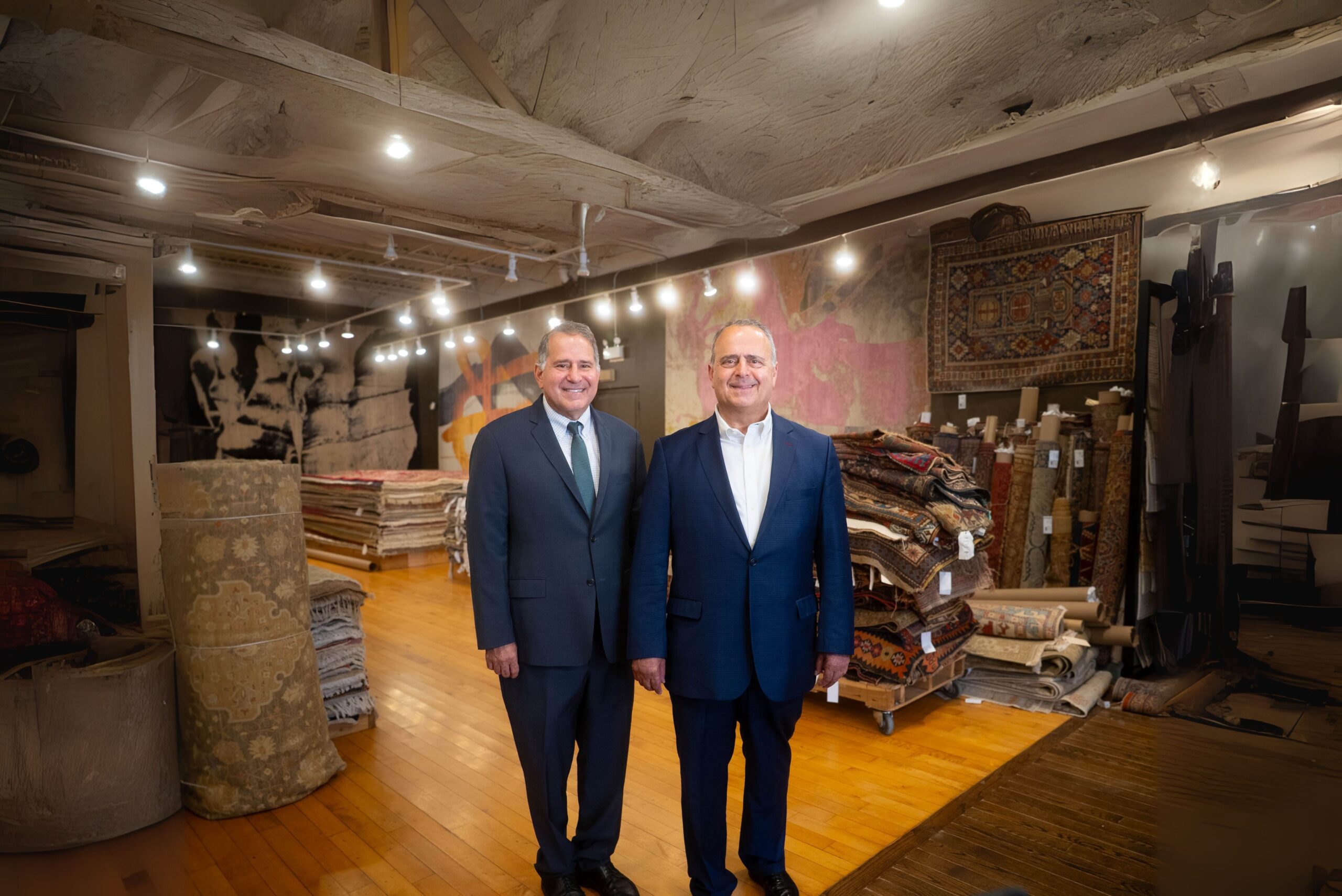Rebranding your retail business is a big step.
If you’re opening a second location or repositioning your brand to reflect your mission, knowing how to rebrand your retail store is essential to long-term success.
That’s exactly what Chicago-based shop Midwest Nice, a gift and art store showcasing over 100 local Midwestern makers, did when it transformed from “Sacred Art” into a locally beloved, community-driven retail brand. Co-owners Kaitlin Fletcher and Brandon Comerford walked us through the journey of their retail rebrand, and their story is full of practical advice for small business owners.
Here are eight impactful retail branding tips based on their experience.
1. Rebrand During a Natural Growth Moment
There’s no better time to rebrand than when you’re expanding your business. When Midwest Nice was preparing to open its second store in Geneva, Illinois, Kaitlin and Brandon used it as a clear turning point to evolve their identity from Sacred Art into something that better reflected their voice, values, and customer base.
“When we were opening up our second location, we decided it was a good time for us to maybe pick a name that suits us a little bit better,” said Kaitlin.
The second location was opened to expand their physical space while also growing their community footprint in Kaitlin’s hometown. The rebrand aligned with this new chapter and gave them the creative freedom to launch new merchandise, deepen their story, and build broader regional appeal.
Why it worked:
- They were already growing organically and needed a name that could scale with them.
- Geneva offered a different customer base with small-town charm versus Chicago’s urban edge, so a more flexible, relatable brand identity was essential.
- They used the rebrand as a chance to have fun with merch, stickers, and signage that reflected their personality and mission.
Here are tips on the best times to rebrand your retail store:
- When you’re opening a second location or expanding into a new market
- When your name no longer reflects your mission, vibe, or customer base
- When you’re developing new product lines that don’t fit under the old brand
- When you’re constantly explaining or correcting misconceptions about your store
A well-timed retail rebrand should match your business’s forward momentum. Rebranding during growth helps signal confidence, clarity, and progress.
2. Choose a Name That Aligns With Your Mission and Personality
A strong retail name should instantly convey what your store is about. Sacred Art didn’t do that for Kaitlin and Brandon. While the original name had a history, it led to years of confusion and handling numerous calls to field misaligned questions. That disconnect was not only frustrating but also limited their ability to support local artists and offer a fun, accessible retail experience.
Rebranding to Midwest Nice changed everything. The new name felt authentic to their personalities and values, representing both their roots in Chicago and the broader culture of “aggressive kindness” that defines the Midwest. It allowed them to lean into quirky, regional branding that resonated with everyone from community members to out-of-town visitors looking for a local gem.
A retail rebrand should fix what isn’t working. If your current name creates confusion or no longer represents who you are, it’s time to choose a name that captures your mission, reflects your community, and clearly communicates who you are.
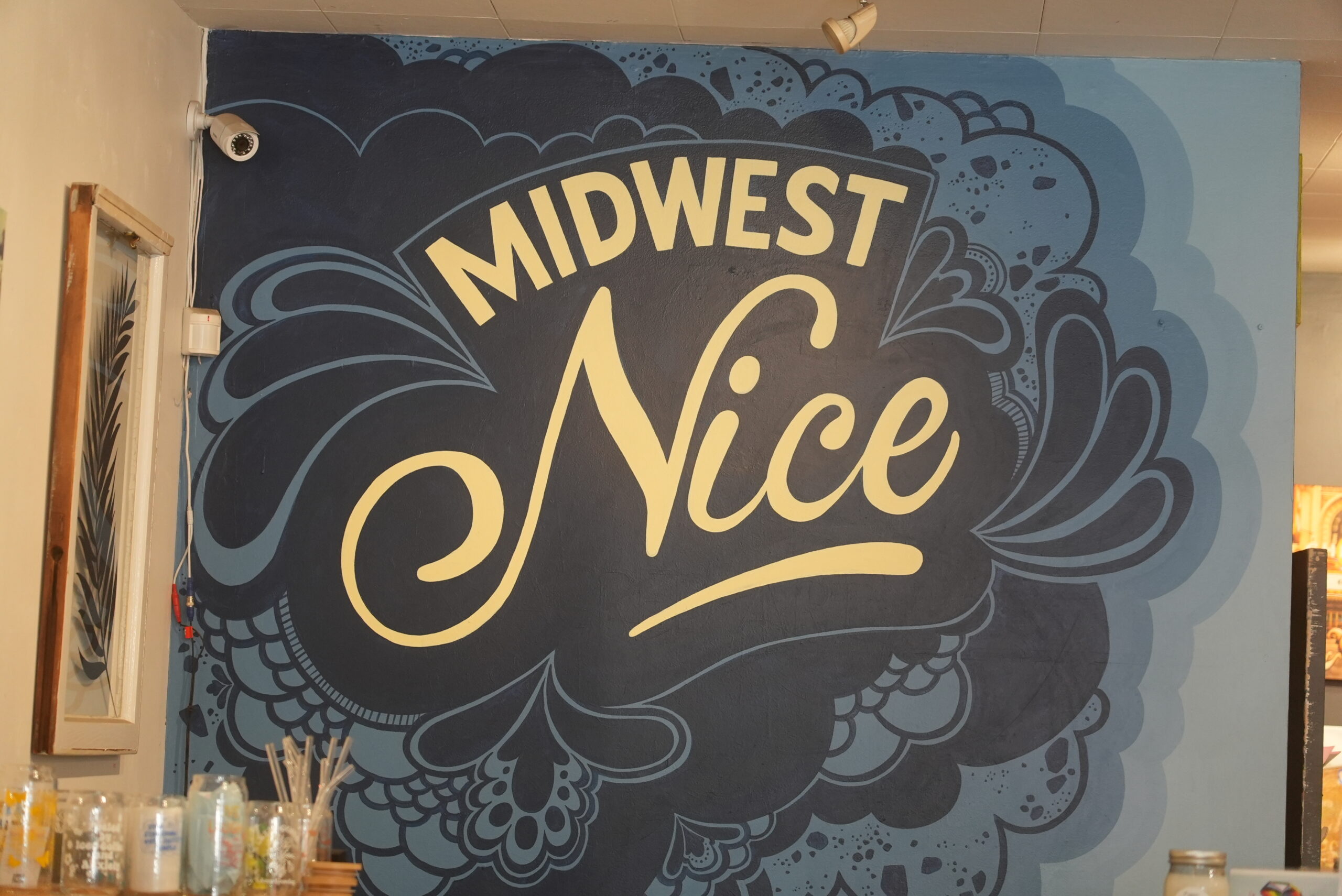
3. Act Fast to Secure Your Digital Identity
Once Kaitlin and Brandon landed on the name Midwest Nice, they wasted no time locking it in online. Securing the domain and related digital assets right away helped them avoid any delays or branding inconsistencies as they transitioned away from Sacred Art. Taking quick action gave them complete control over their new identity across platforms.
Your online presence is just as important as your storefront. Your website, email addresses, and social media handles should all reflect your updated brand name. Waiting too long could mean losing the perfect domain or handle to someone else, which can complicate marketing and confuse customers.
As soon as your new brand name is finalized, secure your brand’s digital touchpoints to protect your identity and maintain a consistent presence across all channels.
4. Eliminate Brand Confusion with a Clearer Identity
A retail rebrand helps to realign how your business is perceived. For Midwest Nice, the previous name Sacred Art led many people to believe they sold religious items, which wasn’t the case. This confusion created barriers for potential customers who didn’t realize the shop was a vibrant hub for local art, handmade goods, and unique gifts.
Renaming the store to Midwest Nice helped eliminate that ambiguity. It instantly communicated a sense of regional pride, friendliness, and authenticity. More importantly, it set the right expectations before anyone even walked through the door.
Here are signs your current brand may be confusing your customers:
- You regularly have to explain what your store sells.
- Your name doesn’t reflect your purposes, your product mix, or your target audience.
- Customers make incorrect assumptions based on your branding.
You feel limited in how you can market or merchandise your store.
A successful retail rebrand should simplify your message and clearly convey your value. When your name reflects what you do, it builds trust, reduces confusion, and helps attract the right customers.
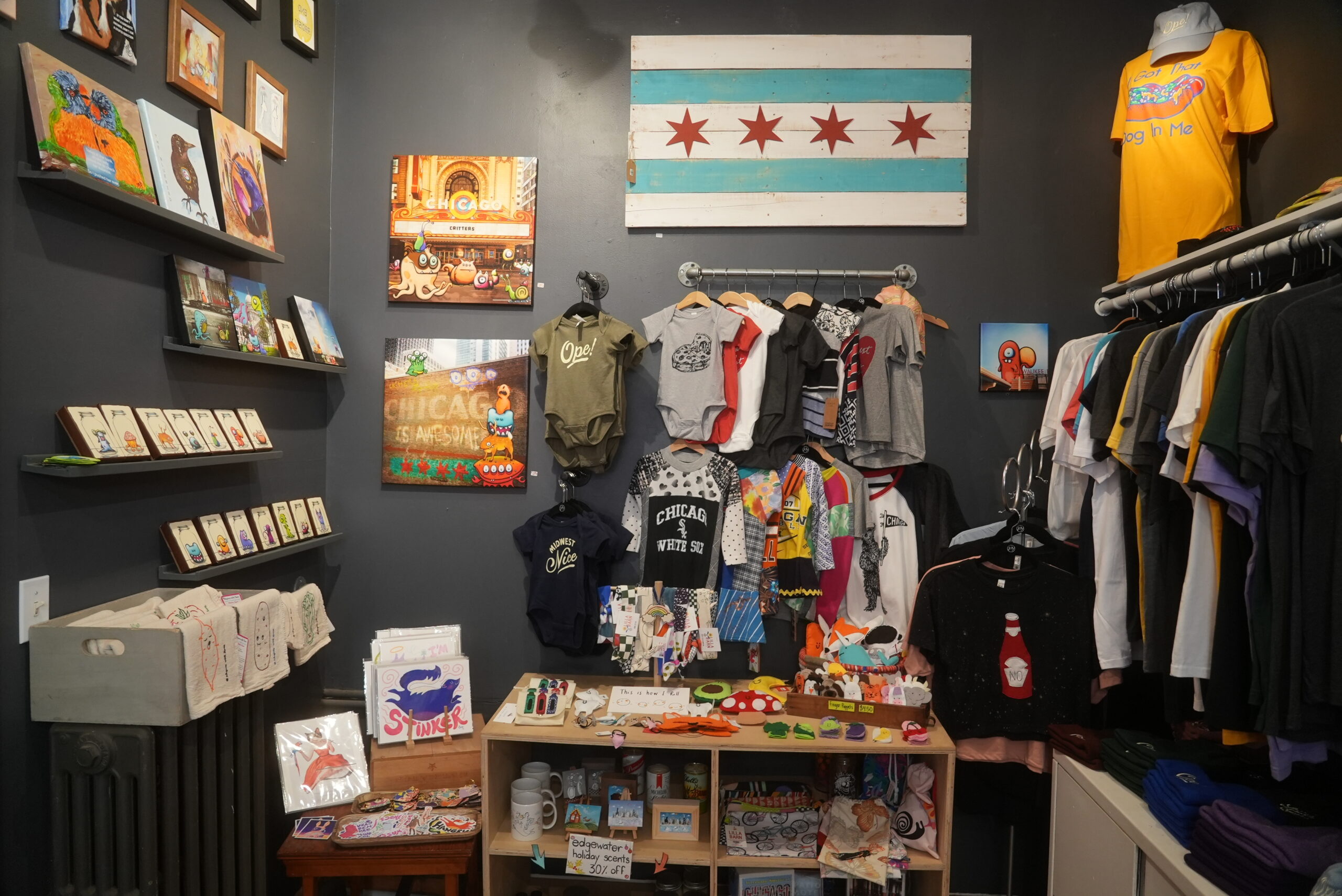
5. Keep Your Core Values Consistent
A successful rebrand means building on what already works. While the name and visuals of the business changed, Midwest Nice stayed deeply committed to its core purpose: supporting local artists and makers. With over 100 artists from the Chicagoland area and the broader Midwest featured in their shop, that focus remained front and center throughout the rebranding process.
By staying true to their mission, Kaitlin and Brandon made sure the rebrand felt like a natural evolution rather than a departure. Long-time customers recognized the same values, relationships, and community support they’d come to love. That consistency helped maintain trust and loyalty, even as the brand’s look and name evolved.
A great rebrand will enhance your mission. To ensure continuity and connection with your customers, always keep your core values at the heart of your new identity.
6. Turn Your Brand Identity into Sellable Merchandise
After rebranding to Midwest Nice, Kaitlin and Brandon saw an opportunity to turn their new identity into unique, branded merchandise. One standout example is their popular “Ope!” collection, which playfully celebrates a classic Midwestern expression. These products reflected the tone and humor of the brand and resonated with both locals and tourists looking for something fun, relatable, and regionally authentic.
By leaning into the culture their name represents, Midwest Nice turned everyday branding into a recognizable and growing revenue stream. Stickers, shirts, hats, and other merch became souvenirs and conversation starters, helping to deepen customer engagement and expand the store’s visibility beyond its physical locations.
Use your new brand identity as creative inspiration. Thoughtfully designed, brand-aligned merchandise can boost revenue, extend your reach, and give customers a fun way to connect with your store.
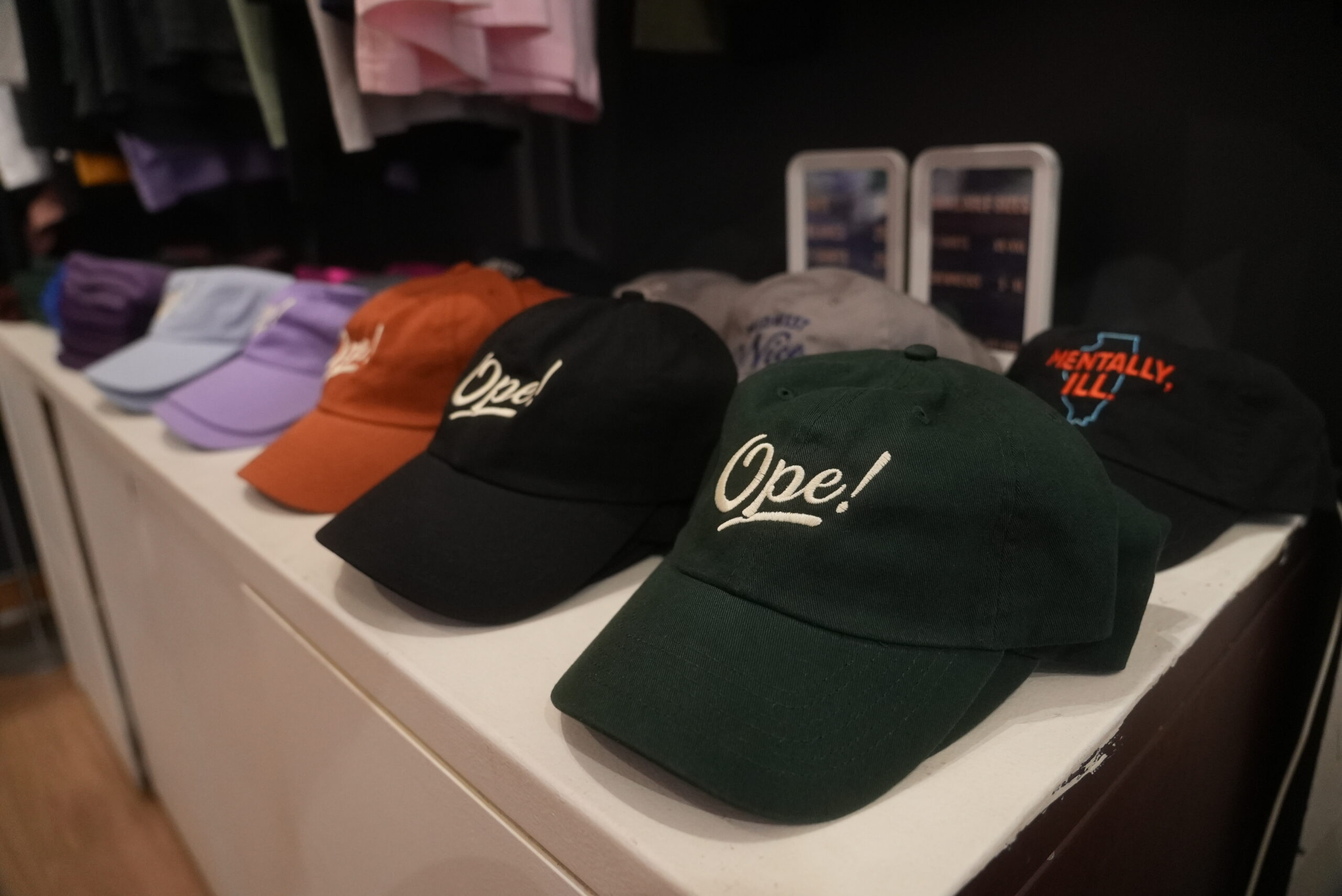
7. Make Sure Your New Name Resonates with Your Community
The name Midwest Nice immediately clicked with the community. From the friendly, approachable tone to the inside-joke-style merchandise, customers saw themselves reflected in the brand. The funny sayings and unique designs make the brand feel personal and familiar in the best way.
Their branding grew organically from real-life Midwestern experiences, like waiting in concert lines or navigating crowded festivals where people go out of their way to be polite. That kind of authenticity made the store feel like a part of the neighborhood, rather than just a business.
You’ll know your branding resonates when:
- Customers smile or laugh when they see your merchandise or signage.
- Locals describe your store as “so us” or “so this neighborhood.”
- People buy your products as gifts and personal keepsakes.
- Shoppers reference your store name or branding in social media captions or tags.
The most effective retail branding tips are based on connection. Make sure your name, tone, and style genuinely reflect the community you serve because when people see themselves in your brand, they’re more likely to support it.
8. Share Your Rebrand Story to Build Trust
Customers value transparency, especially when it comes to big changes like a rebrand. Instead of quietly updating their name and moving on, Kaitlin and Brandon made sure their community understood the shift from Sacred Art to Midwest Nice. They shared their story openly through in-store conversations, interviews, and social media, allowing customers to feel involved and informed throughout the transition.
This kind of storytelling builds emotional connection and reinforces trust. Rather than risking confusion or losing regulars, they invited their audience to be part of the evolution. It gave longtime supporters a reason to stick around and new visitors a compelling reason to care.
Don’t just flip the switch. Bring your customers along for the rebranding ride. Let them see why the change matters, and you’ll strengthen your relationship in the process.
Conclusion
Rebranding doesn’t mean starting over; it means stepping forward. Midwest Nice is a perfect example of how to use smart retail branding tips to build a brand that’s clearer, stronger, and more aligned with your purpose.
If you’re wondering how to rebrand your retail store without losing your identity, take a page from Midwest Nice: be intentional, stay focused on your mission, and tell a story your customers want to be part of.
We Are Retail focuses on highlighting Illinois’ diverse array of retailers. If you loved learning about Midwest Nice’s story and know a retailer who deserves recognition, Nominate A Retailer!



